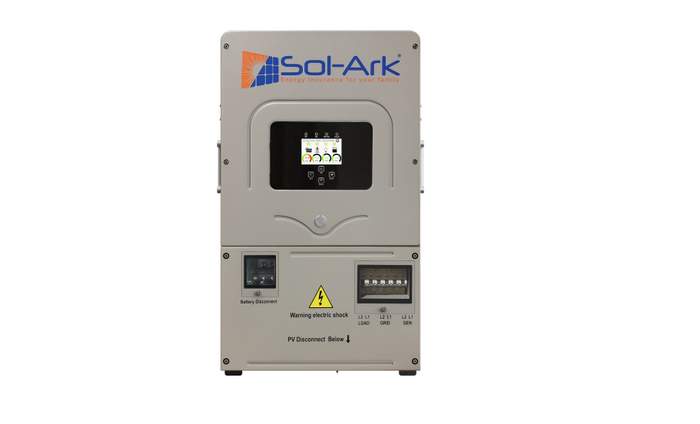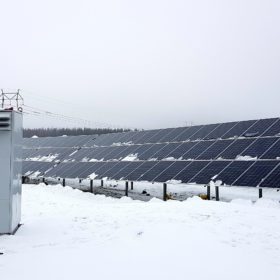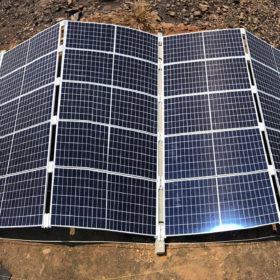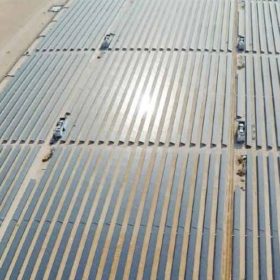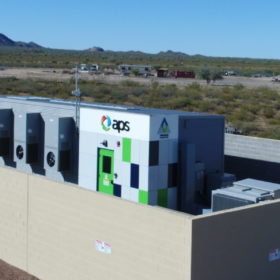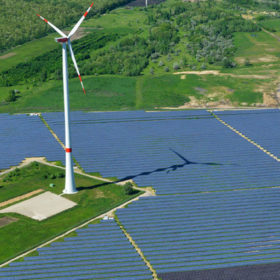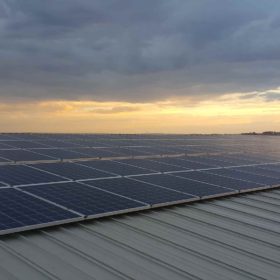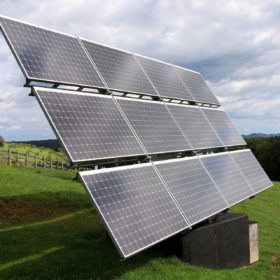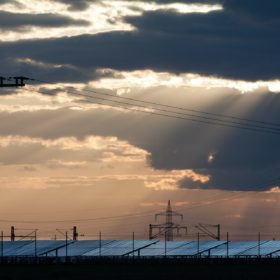Sunrun has secured exclusive partnerships with three Bay Area Community Choice Aggregators (CCAs), which collectively provide power for approximately one million homes. The partnerships are with East Bay Community Energy (EBCE), which supplies power to Alameda County; Silicon Valley Clean Energy (SVCE), which supplies power to Santa Clara County; and Peninsula Clean Energy, which supplies power to San Mateo County.
The CCAs sought options to help increase the use of clean, affordable energy while also providing backup power to more of their customers following forced blackouts by PG&E that affected hundreds of thousands of customers in the Bay Area. The customers of the CCAs benefit from affordable clean energy along with backup power capabilities, while each CCA can benefit from stronger customer relationships and optimized procurement of clean capacity resources. Sunrun benefits from the co-marketing initiatives and advanced data-driven targeting and optimization enabled by the partnerships, which can enhance the value provided to each customer.
The partnerships initially target providing solar energy and backup power to up to 6,000 households over the next three years in areas vulnerable to emergency power shutoffs during wildfire season. Over 10 percent of the households will be low-income households, a population that is particularly vulnerable during power shutoffs. In total, the partnerships envision building out more than 13 megawatts of home-sited capacity resources.
“Sunrun’s Brightbox rechargeable solar battery system can help families power through blackouts and better manage energy costs when they need it most,” said Lynn Jurich, Sunrun co-founder and Chief Executive Officer. “We’re excited to partner with these innovative energy providers to begin paving the way towards a cleaner, more resilient and affordable energy system.”
In addition to providing backup power in case of a power shutoff at each home, these resources can be networked together to build virtual power plants, which can help reduce peak power demand, and effectively enable the use of local resources to stabilize the operation of California’s electrical grid in real time. This need has historically been met through purchasing electricity supply capacity from distant, centralized power plants. Sunrun’s agreements with the three community suppliers will shift a portion of those purchases to new, local solar and battery systems that provide the benefits of backup power directly to local homes. People will be able to use power near where it’s produced, which reduces the need for expensive transmission and distribution system upgrades.
-- Solar Builder magazine
Lắp đặt điện mặt trời Khải Minh Tech
https://ift.tt/2X7bF6x
0906633505
info.khaiminhtech@gmail.com
80/39 Trần Quang Diệu, Phường 14, Quận 3
Lắp đặt điện mặt trời Khải Minh Tech
https://ift.tt/2ZH4TRU

